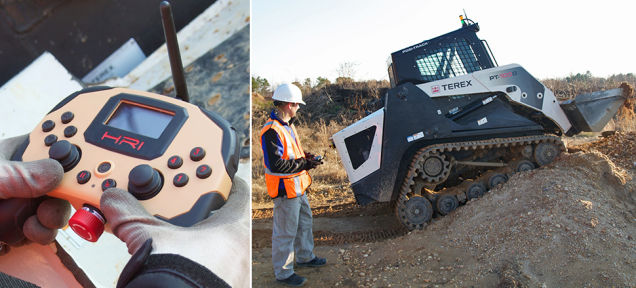
For a construction company to be successful, it has to stay competitive, innovate, collaborate and hire a diverse workforce with specialized skills. It also has to deal with the pressure of ensuring safety and security while complying with environmental regulations. In addition, it has to maintain a balance on high value projects while saving time and money, finishing contracts on time and completing projects within budget.
Finally, all this has to accomplished while avoiding penalties for contract violations or failing to do the work according to the required standards. Failure to do a good job will result in a loss of reputation that will make it difficult to procure future business.
A Troubled Industry

Construction Industry Markets to Build Younger Workforce
Pitch To Gaming Generation: It’s Not Backbreaking Work, But a Mind-Bending Career
The problems that plague the construction industry are well known across the world. These problems arise from inefficiency, low productivity, poor quality work, and insufficient risk management.
While a construction project is potentially profitable if followed through as promised, there is so much competition that profit margins for most construction firms are measured by only a few percentage points above total production costs. This means that delays, construction defects, and mismanagement of people, resources, or time can eat into the profit margin.
The ICT Solution

The future of construction: Meet BIM (or else)
Essentially, these problems are due to performance issues. When processes are improved, a construction business flourishes. In an attempt to improve processes, the industry has implemented the use of Information and Communication Technology (ICT).
Unfortunately, while the solution has been more than adequate to address the problems of how to build intelligently, the industry has often failed to use it. Compared to other business fields that apply technology to resolve problems, the construction industry is lagging behind.

10 of History’s Deadliest Construction Projects
The solution is robust and flexible enough. It has the power to enable a project to start on time, stay in line with time and budget, and finish on time. Moreover, the ICT solution gives everyone in the project the right information at the right time in the right format. Additionally, it can even advise clients on how to take full advantage of the latest technological trends in the industry.
Unfortunately, while ICT is often used in the design phase by facility managers, its use by contractors and construction site workers, those involved in the actual production process rather than planning it are astonishingly low. The construction industry often shows poor productivity statistics because ICT is often ignored or misused, implemented information systems are forgotten, and urgent construction site requirements are not addressed in a timely way. Reasons For Current Inefficiencies
If a solution exists that addresses current inefficiencies in managing and communicating critical information why is it not being used to improve business? One problem with ICT has been how it has been used. It is not uncommon to see production personnel shuttle back and forth between their construction site where the work is being done and the construction site office where a computer is being used to administer the details.
When production managers and construction supervisors are spending a large proportion of their working hours in the office using computers and losing track of what happens out on the construction site, they are caught in a bind because they need to be in two places simultaneously—in the construction site office handling administration work while also on the construction site itself to coordinate the work.
Another problem is that documentation also has to happen twice. Firstly, meetings and inspections have to be done on site. Secondly, they have to be documented in the office.
The Mobility Factor

A Videogame Controller Designed To Operate Construction Equipment
One solution to implementing ICT effectively is the introduction of construction software on mobile devices. With computer functions now possible on handheld mobile devices, it is easy for managers to be on site and also stay on top of all administration work. The Internet has made life easy for everyone, including construction site managers, supervisors, and workers.
With mobile devices, improved, cost efficient construction processes are now possible. New wireless has ushered in a new era of mobile ICT. Tools like the iPad construction app by Procore makes it is easy for a manager to take project data with them wherever they go, work online or offline, do real time audits on the field, add unlimited users, and enjoy unlimited data storage. They are also able to manage RFIs and handle submittals remotely. A few taps on the iPad makes it easy for a manager to begin opening and reviewing documents, adding photographs on site, updating daily log notes, getting current field drawings, accessing and sharing contacts, creating and monitoring the status of RFIS, and track items on a punch list.
Doing the Right Thing
Future of Construction Process: 3D Concrete Printing
It’s no longer necessary for production managers, construction supervisors, or superintendants to use ICTbased support systems in the wrong way. With improved information at their fingertips and enhanced communication through a mobile platform, it is now easy to coordinate, collaborate, exchange information, and make corrections to construction data.




